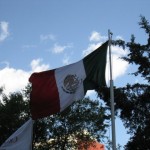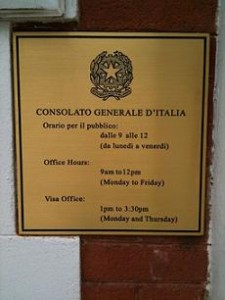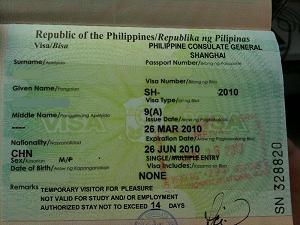After graduating from university a lifetime ago, my friends and I decided to celebrate the end of the school year with a hike to Mt. Apo, the tallest peak in the Philippines. Aside from the breathtaking views, the one enduring memory I have of the hike was a pervasive feeling of exhaustion. I felt it during the hike, and it was still there even when I woke up in the morning. Nowadays I can’t look at a mountain or steep hill without flashbacks of that aspect of the adventure.
Fast forward to April 2010. My company sent me for a week to Mexico City to take part in an event organized for our Latin American resellers. This was a great event, where I met a lot of great people, and ate a lot of fantastic food. But I’ll reserve those details for another post.
 |
 |
My hotel was situated between the office and the event venue. So after being driven to and from the hotel for the first two days, I started walking to my destinations. Minutes into these walks, I couldn’t believe how quickly I was getting tired. It was like Mt. Apo again, but without the steep inclines. The part of Mexico City where we were was pretty flat, so how I felt didn’t make sense. I knew I had been slacking off on my Eliptical machine time, but man . . . was I that out of shape? Or was I just getting old?
Half way through the week, I was having a chat with the manager of the Mexican business unit. After wrapping up the business-side of the conversation, he asked with the impish smile of a person who’d been holding something back: “Are you feeling tired?” Apparently I wasn’t the only one that felt out of breath. Other participants from other countries were complaining about the same thing. Turns out it all had to do with the fact that Mexico City was 7,200 feet above sea level.
The city was so high up, the air was thinner. So I was getting less oxygen with each breath. The manager himself found himself panting for the first few days when he moved from the comparatively low-altitude city of Tijuana to Mexico City a few years earlier. He had come to the same conclusion that I did about my health, until his father — a doctor — set the record straight. It apparently takes a few weeks to become acclimatized to local conditions.
I had read about how the city’s altitude had affected the 1968 Olympics (e.g., slower runs, longer jumps, etc.). But I had failed to make the connection between what I was feeling with that stored knowledge. If there were ever any lingering doubts about the difference between theoretical knowledge, and knowledge-through-experience, Mexico banished them completely.
The Mexico trip also gifted me with one more insight: the reason why I kept waking up tired on the trail to Mt. Apo’s 9,692 ft. peak. Armed with that knowledge, hills that I see in my travels now don’t look as daunting.

